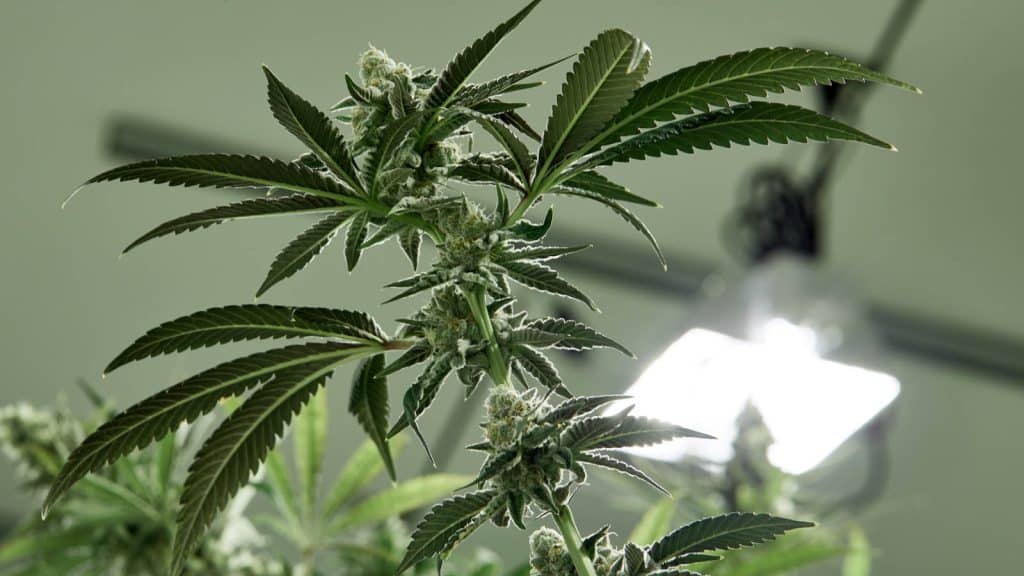Blog
Understanding the Importance of Light Intensity
Cannabis is a versatile plant that can be grown both indoors and outdoors. However, when it comes to indoor cultivation, light intensity is one of the most critical factors that directly affect plant growth and yield. Light intensity not only helps in the production of cannabinoids and terpenes, but it also plays a crucial role in photosynthesis and other physiological processes. In this blog post, we will explore the importance of light intensity for cannabis yield and provide some tips on how to use artificial lighting to ensure your plants receive the right amount of light for optimal growth.
Understanding Light Intensity
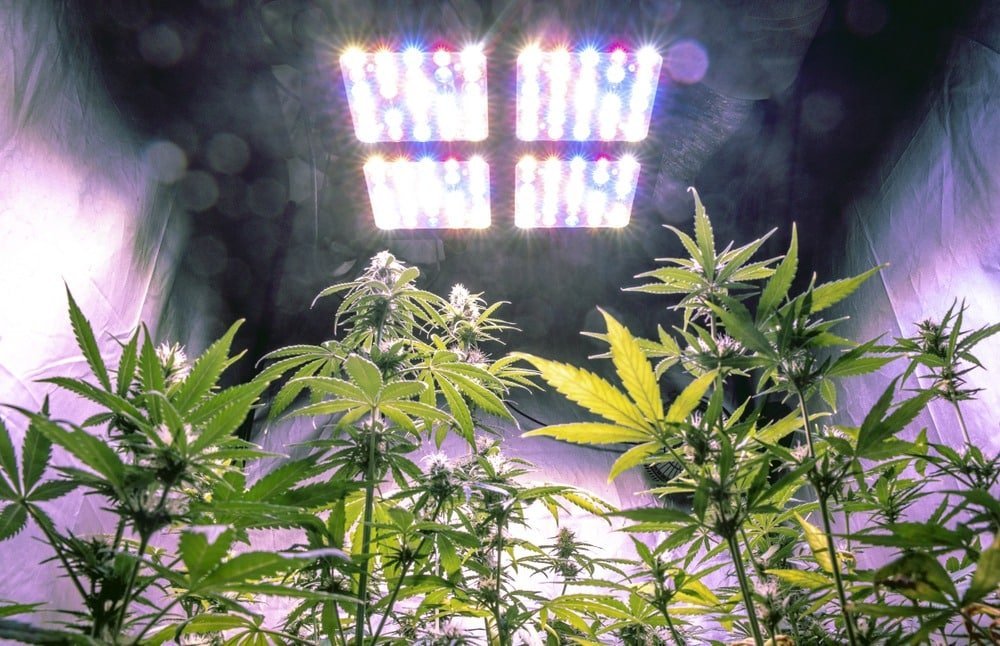
Understanding light intensity is crucial when it comes to cultivating cannabis. Light intensity is the amount of light energy that falls on a surface per unit of time. It is measured in units of lux or foot candles (FC). Lux is the metric unit for measuring light intensity, and foot candles are the imperial unit. Cannabis plants require a specific amount of light intensity to grow and produce high yields. The light intensity required by cannabis plants varies depending on the growth stage. During the vegetative stage, cannabis plants require a light intensity of around 400-600 µmol/m²/s. This can be provided by fluorescent lights or metal halide lamps. During the flowering stage, cannabis plants require a higher light intensity of around 600-1000 µmol/m²/s, which can be provided by high-pressure sodium (HPS) or LED grow lights. Providing the right amount of light intensity is crucial for optimal plant growth, as too much or too little light can have adverse effects on cannabis plants. It’s essential to monitor light intensity levels regularly to ensure that the plants are receiving the right amount of light to produce high yields.
Vegetative Stage
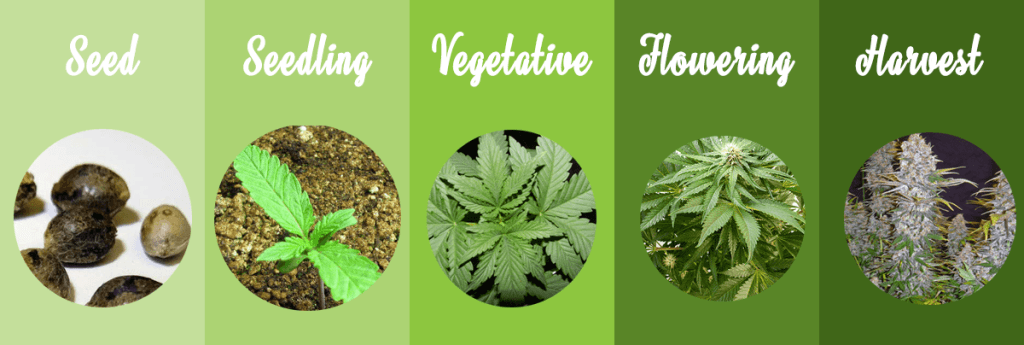
During the vegetative stage of cannabis growth, plants require a specific light intensity range to ensure healthy growth. This stage is critical as it sets the foundation for the plant’s overall health and yield potential. The ideal light intensity for the vegetative stage is around 5000-7000 lux or 500-700 fc. At this stage, the plant is developing its leaves and stems, and adequate light is essential for promoting healthy growth.
During the vegetative stage, cannabis plants need a balance of blue and red light to grow effectively. Blue light promotes vegetative growth and helps to produce lush, green foliage, while red light helps with root growth and stem development. A high-intensity discharge (HID) light or light-emitting diode (LED) grow light with a mix of blue and red light spectrum is an ideal choice for this stage.
Providing plants with the right amount of light during the vegetative stage ensures that they grow strong and healthy. However, it’s important to keep in mind that too much light intensity can be harmful to the plants, leading to light stress, which can stunt growth and lead to other issues. Therefore, it’s crucial to monitor light intensity levels and adjust accordingly.
The vegetative stage is a crucial phase of cannabis growth, and providing the plants with the right amount of light intensity is crucial for healthy growth. By providing the plants with the ideal light spectrum and intensity, cultivators can ensure that their plants develop strong and healthy stems and leaves, setting the foundation for a high-yielding crop.
Flowering Stage
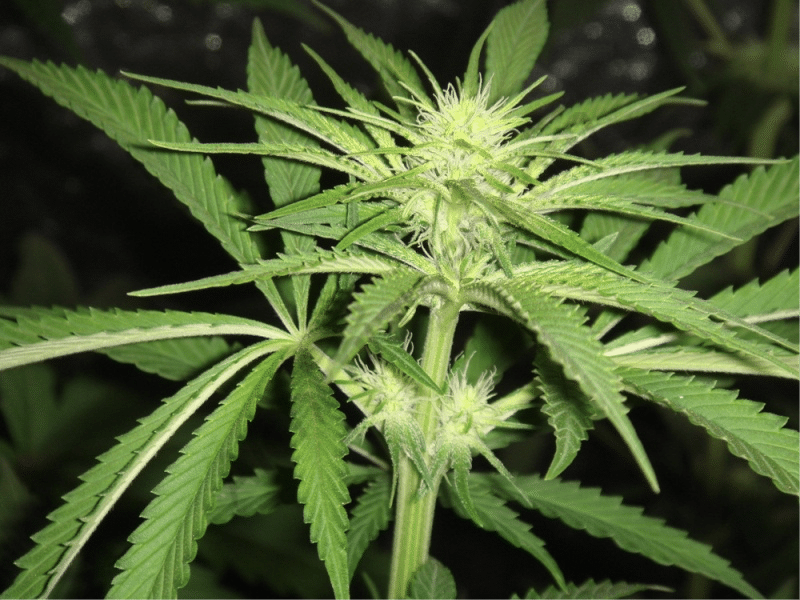
The flowering stage is the most important phase in the life cycle of cannabis plants when it comes to yield. During this stage, the plant is developing buds that will eventually become the final product. Therefore, it is crucial to ensure that the plant receives the right amount of light intensity to maximize bud development, resin production, and yield. Cannabis plants require an average light intensity of around 7000-10000 lux or 700-1000 FC during the flowering stage, which is higher than the vegetative stage. This increase in light intensity helps the plant to produce more energy and channel it towards bud growth.
Proper light intensity during the flowering stage also affects the quality of the final product. Insufficient light during this phase can lead to underdeveloped buds, which may result in lower yields and lower potency. Conversely, too much light intensity can also negatively impact the final product, causing damage to the buds and reducing their quality. Therefore, it is essential to maintain the appropriate light intensity during this stage to ensure optimal plant growth and high yields.
To achieve the right light intensity during the flowering stage, it is recommended to use high-intensity discharge (HID) lighting, such as high-pressure sodium (HPS) or metal halide (MH) lamps. These types of lighting fixtures produce a high amount of light, making them ideal for the flowering stage. Additionally, LED grow lights have gained popularity in recent years due to their energy efficiency and customizable spectrum options, which can be tailored to the specific needs of the plant during different stages of growth.
The flowering stage is the most crucial phase of cannabis growth when it comes to yield and quality. Ensuring that the plant receives the right amount of light intensity during this stage is crucial to maximizing bud development, resin production, and yield. Using appropriate lighting fixtures and maintaining the recommended light intensity levels can help growers achieve optimal plant growth and high yields.
Importance of Light Spectrum
When it comes to cannabis cultivation, the importance of the light spectrum cannot be overstated. Light spectrum refers to the specific colors of light that are emitted by a light source. Plants require different light spectra at different stages of growth to ensure optimal growth and high yields. During the vegetative stage, cannabis plants require a spectrum with a higher proportion of blue light. This is because blue light promotes plant growth and encourages the development of strong stems and leaves. During the flowering stage, cannabis plants require a spectrum with a higher proportion of red light. Red light stimulates the production of flowers, which is critical for maximizing yield.
It’s important to note that not all light sources are created equal when it comes to providing the right light spectrum for cannabis plants. While natural sunlight provides the full spectrum of light that plants require, artificial lighting can be used to supplement or replace natural light. LED grow lights are a popular choice among cannabis growers because they can be tailored to provide the specific light spectrum that plants require at each stage of growth. By selecting the right light spectrum and adjusting the intensity of the light, growers can optimize their yields and produce high-quality cannabis crops.
Artificial Lighting Options
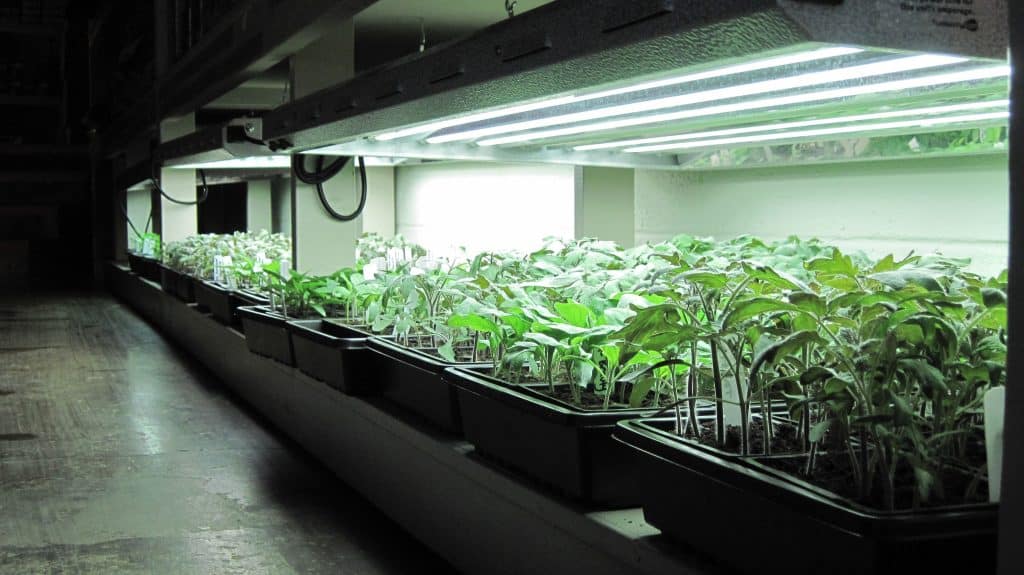
When it comes to indoor cannabis cultivation, artificial lighting is the best option to ensure the plants receive the right amount of light intensity and spectrum. There are several options for artificial lightings, such as LED, fluorescent, and high-pressure sodium (HPS) lights. LED lights are the most popular option among indoor cannabis cultivators due to their energy efficiency, long lifespan, and low heat emission.
How to Measure Light Intensity
Measuring light intensity is crucial to ensure that the plants receive the right amount of light for optimal growth. A lux meter or a light meter is a tool that helps measure light intensity. These meters are easily available online and in gardening stores.
Tips for Using Artificial Lighting
To ensure that your cannabis plants receive the right amount of light intensity and spectrum, follow these tips:
- Hang the lights at the appropriate distance from the plants to ensure the right light intensity.
- Use reflectors to maximize light distribution.
- Follow the recommended lighting schedule for different growth stages.
- Use a timer to automate the lighting schedule.
- Ensure proper ventilation to maintain the right temperature and humidity levels.
Optimizing Light for Cannabis Yield
Light intensity is a crucial factor in cannabis yield. By understanding the right light intensity and spectrum required at different growth stages, using the right artificial lighting options, and measuring light intensity, you can ensure optimal growth and high yields. Proper use of artificial lighting can make all the difference in achieving success in your indoor cannabis cultivation.


